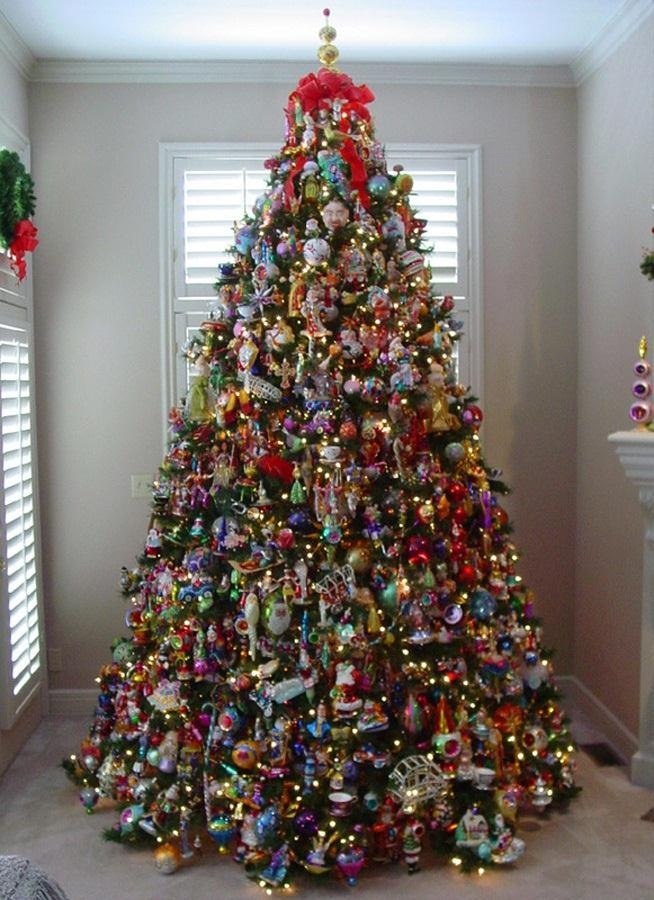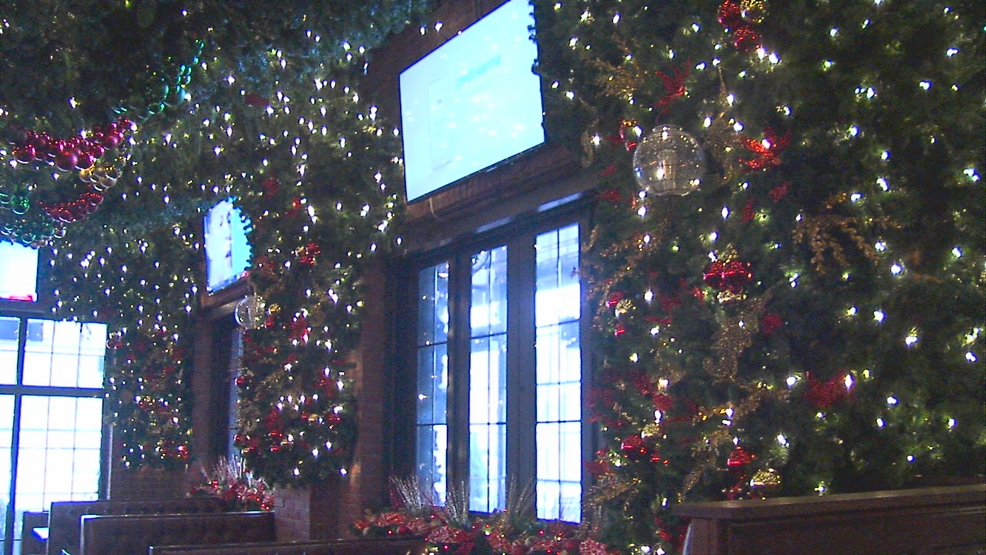5 Fun Facts About the First Christmas Tree

The festive season brings with it a plethora of traditions, one of which is the iconic Christmas tree. While we adorn our homes with twinkling lights and ornaments, the origins of this cherished symbol of the holiday are as fascinating as they are steeped in history. Here are five fun facts about the first Christmas tree that will not only surprise you but also enhance your appreciation for this timeless holiday custom:
1. The Origins in Germany

The modern Christmas tree tradition is believed to have originated in Germany during the 16th century. Martin Luther, a key figure in the Protestant Reformation, is often credited with adding lights to the tree. Legend has it that while walking home one winter night, he was so moved by the starlit snow-laden trees that he brought a small fir tree into his house, decorating it with candles to recreate the scene for his family.
2. First Public Christmas Tree

The first recorded public Christmas tree was set up in Riga, Latvia in 1510. However, it wasn’t until much later that this practice became widespread. In Germany, Christmas markets began to feature decorated trees around town squares, symbolizing peace and unity. The custom gradually spread to other parts of Europe and eventually to America.

🌟 Note: The term “Christmas tree” is a relatively modern invention; in the past, these trees were referred to as “paradise trees” as part of plays depicting the Garden of Eden.
3. The Tree as a Symbol of Life

Evergreen trees were initially brought into homes to celebrate the winter solstice, which many cultures observed to signify the sun’s return after the shortest day of the year. This practice was integrated into Christmas celebrations to symbolize life amidst the stark winter landscape, offering hope and renewal during the darkest times of the year.
- Evergreens remain green in winter, symbolizing life.
- They are viewed as a triumph over death in the dead of winter.
- Their branches provided shelter for birds and animals, further symbolizing protection and refuge.
4. Initial Skepticism in America

When German immigrants brought the tradition to America, it was met with skepticism and even ridicule. Many viewed the practice as pagan or overly superstitious. However, as German settlers became more established, especially in Pennsylvania, their customs began to be adopted. By the mid-19th century, the Christmas tree had become an integral part of American holiday celebrations.
| Year | Milestone |
|---|---|
| 1848 | Image of Queen Victoria and Prince Albert with their Christmas tree popularized in the U.S. |
| 1851 | First known publication of a Christmas tree in American literature |
| 1882 | Edward H. Johnson, a partner of Thomas Edison, used electric lights for the first time on a Christmas tree in New York. |

💡 Note: The use of electric lights transformed the way Christmas trees were decorated, making them safer and allowing for more intricate designs and displays.
5. Evolution of Decoration

Early decorations were often made from edibles like apples, nuts, and gingerbread, reflecting the tradition’s origins in food-related symbolism. Over time, ornaments became more elaborate, including glass baubles, paper chains, and eventually, tinsel. Today’s decorations encompass a wide variety from handmade to mass-produced items, symbolizing diverse cultural influences and personal touches.
- First used in Germany in the 16th century, decorations were simple and often homemade.
- The introduction of glass ornaments in the 19th century brought color and variety.
- By the 20th century, tinsel, lights, and new materials like plastic expanded the decorative palette.
The story of the first Christmas tree is one of cultural evolution, adaptation, and the blending of old traditions with new innovations. From humble beginnings in Germany to becoming a global emblem of holiday cheer, the Christmas tree has maintained its symbolic importance as a beacon of hope, life, and festivity. As we continue to evolve our own traditions, we honor the spirit of those early tree decorators who sought to bring light and joy into their homes during the darkest time of the year.
What was the first Christmas tree made of?

+
The first known Christmas trees were made from evergreen branches, often from fir or spruce trees, as these were chosen for their symbolic association with life and greenery during winter.
Why do we light candles or use electric lights on Christmas trees?

+
Lighting Christmas trees represents the star that guided the wise men to the birthplace of Jesus. Candles were historically used before electric lights, symbolizing hope and light during winter.
Are there any negative environmental impacts from having Christmas trees?

+
Yes, if not managed sustainably, Christmas trees can contribute to deforestation. However, many farms now practice sustainable growing, recycling, or repurposing of trees, mitigating this impact.


